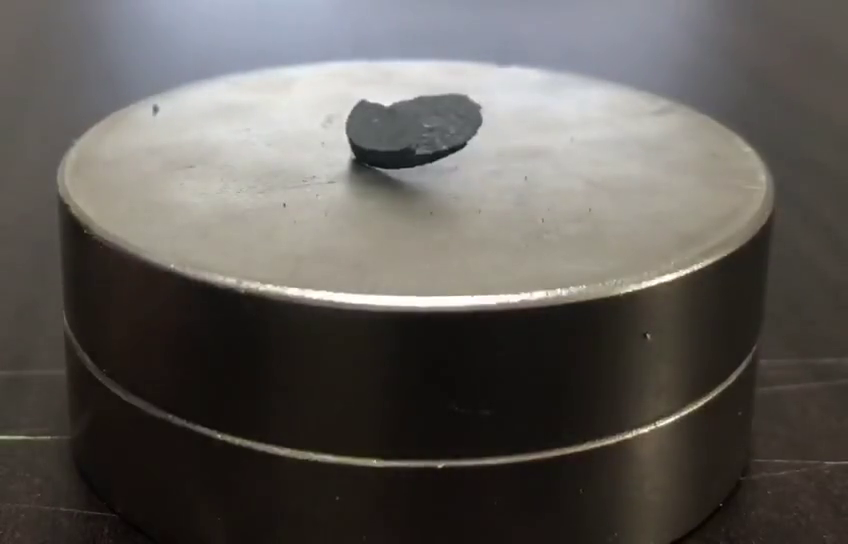- Local time
- Today, 16:21
- Joined
- Sep 28, 1999
- Messages
- 8,166
I am not sure if anyone is aware but there is a big buzz going on in the scientific community at the moment over a new material called LK-99. The Korean authors are claiming room temperature superconductivity for the first time, which could lead to an explosion of technological improvements.
For those who don't know, a superconductor is a material that has zero resistance when electricity flows through it. What are the consequences of that? Less power required, no need for fans, increased miniaturisation of devices, faster devices, longer battery life, lower carbon footprints, lighter devices. There are probably a ton of other improvements too that I have not thought of.
There is a bit of a race going on to verify the findings through other scientists trying to replicate the experience. If it proves true, it is a true game changer and a definite nobel prize.

 theconversation.com
theconversation.com
For those who don't know, a superconductor is a material that has zero resistance when electricity flows through it. What are the consequences of that? Less power required, no need for fans, increased miniaturisation of devices, faster devices, longer battery life, lower carbon footprints, lighter devices. There are probably a ton of other improvements too that I have not thought of.
There is a bit of a race going on to verify the findings through other scientists trying to replicate the experience. If it proves true, it is a true game changer and a definite nobel prize.

Viral room-temperature superconductor claims spark excitement – and skepticism
Room-temperature superconductors could transform technology – but the latest, much-hyped claims should be approached with caution.
 theconversation.com
theconversation.com
Last edited:


